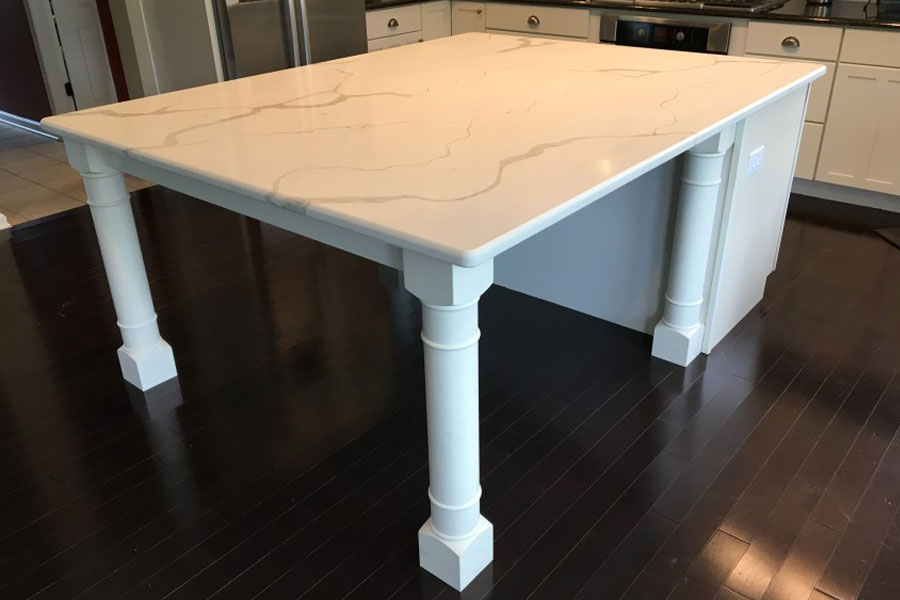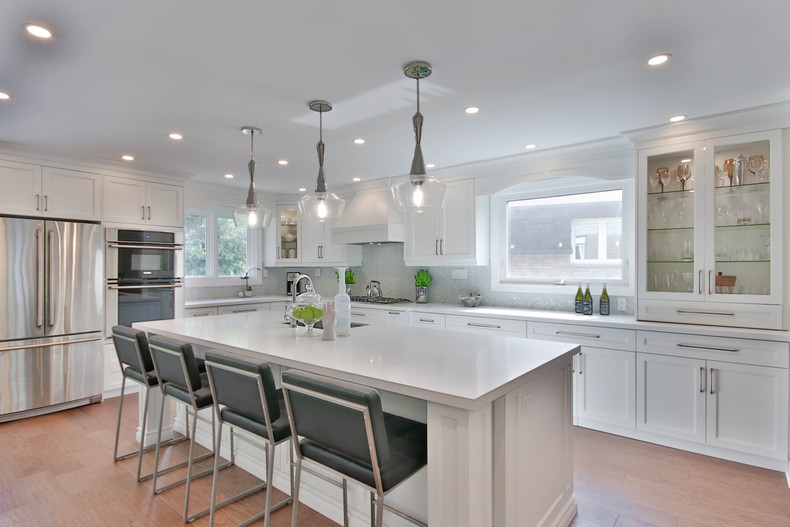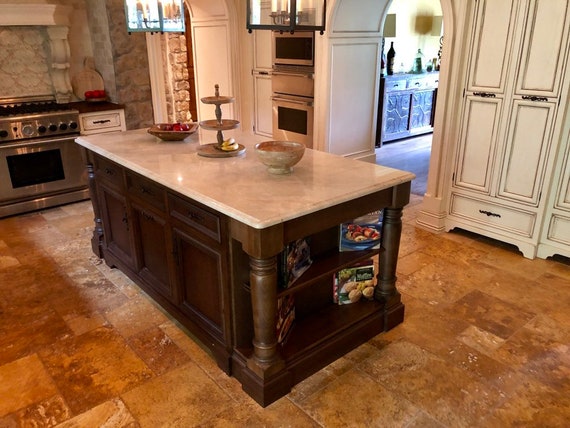High-Quality Kitchen Island Legs for a Sturdy Space Station
High-Quality Kitchen Island Legs for a Sturdy Space Station
Blog Article
Vital Tips for Picking the Perfect Eating Table for Your Kitchen Area
Picking the ideal eating table for your cooking area is more than simply a matter of preference; it demands a complete understanding of your space and needs. The form of the table plays a pivotal function; while rectangle-shaped tables suit larger areas, rounded ones foster affection, and extendable options use adaptability. The table ought to balance with your kitchen area's aesthetics and fit your family members comfortably.
Procedure Your Room
Picking the perfect eating table starts with a meticulous evaluation of your readily available space. This fundamental step makes sure that the table not just fits comfortably within the room but also matches the total format and functionality of your dining area. Begin by measuring the dimensions of the space, taking into consideration entrances, home windows, and any kind of existing furnishings. This will assist you establish the optimum allowed dimension for your eating table.
It is important to leave adequate room for chairs to be drawn out and for people to move around the table without blockage. A basic guideline of thumb is to allow at the very least 36 inches of clearance from the side of the table to the closest wall or item of furnishings.
In addition, consider the variety of people you generally delight and whether you need added area for visitors. Choosing an extendable table can give versatility, permitting you to fit differing numbers of restaurants. By accurately determining your room, you prepared for picking a table that boosts both the appearances and functionality of your eating location.
Choose the Right Forming

On the other hand, round tables are superb for smaller kitchen areas or intimate celebrations, as they promote conversation by permitting everyone to face each various other. They additionally provide a sense of comfort and can fit well in tighter rooms due to their lack of sharp edges. Oblong tables supply the best of both globes, incorporating the size of rectangular tables with the intimacy of round ones, making them flexible for numerous setups.
Square tables are another choice, especially matched for square-shaped areas. They create a contemporary and in proportion appearance, cultivating an equal dining experience for all seated. Nevertheless, they may be less functional for bigger celebrations unless they feature extensions. Inevitably, the shape you choose ought to line up with your area measurements and way of living to ensure both form and function.
Material Considerations
When selecting a dining table, material factors to consider are paramount in identifying the table's longevity, upkeep requirements, and overall aesthetic. Wood is a classic selection, supplying classic allure and effectiveness. Hardwoods like oak, walnut, and mahogany are especially sturdy, though they can be costly. kitchen island legs. Softwoods, such as yearn, are a lot more budget friendly yet might be susceptible to scratches and damages.
Glass-topped tables give a modern-day, smooth look and can make an area show up bigger as a result of their openness. They require constant cleaning to prevent spots and fingerprints. In addition, solidified glass is recommended for its additional strength and security.

Lastly, composite materials like MDF (Medium-Density Fiber board) or plywood are affordable alternatives. These materials can imitate the appearance of solid wood but may not offer the same long life. They are normally simpler to clean yet can be vulnerable to water damages otherwise correctly secured.
Eventually, the option of product must line up with your cooking area's style, your way of living needs, and your spending plan restrictions. (kitchen island legs)
Seats Capability and Convenience
Exactly how do you establish the best seating capacity and convenience for your eating table? This vital step includes analyzing both the physical area readily available in your kitchen and your family's functional requirements. Begin by gauging your kitchen area to guarantee the table fits pleasantly, allowing a minimum of 36 inches of clearance around it for very easy movement. Think about the variety of people that usually eat together, as this will influence the table dimension. For a family of four, a rectangle-shaped table of 48 inches long or a round table with a 48-inch size is usually adequate.
The elevation of the table must ideally be around 30 inches, offering a well balanced ergonomic position for seated restaurants. Chairs must have a seat elevation of 18 to 20 inches to make sure a comfortable dining posture.
Design and Aesthetic Appeal
Choosing a table that suits your style and aesthetics entails stabilizing personal taste with the existing design of your dining room. The table is commonly the centerpiece of the kitchen, and its design needs to enhance the general style of the room. Whether your cooking area flaunts a modern, minimal appearance or a rustic, farmhouse charm, the table you choose need to integrate with these aspects to more info here create a natural and inviting ambience.
Think about materials carefully; timber uses an ageless allure and can range from rich mahogany for a standard look to lighter oak for a modern feeling. Steel and glass tables, on the great site other hand, can present a sleek, industrial side to your kitchen area. Do not forget the table's shape-- rectangle-shaped tables are traditional and versatile, while round and oblong options can promote a more intimate eating experience.
Furthermore, pay very close attention to details and surfaces. A distressed surface may include character and heat, whereas a glossy surface can add to a clean, contemporary visual. Eventually, your table ought to not just fit effortlessly right into your kitchen's layout yet likewise mirror your personal style, boosting the space both functionally and visually.
Final Thought
In conclusion, selecting the excellent dining table for a kitchen necessitates careful assessment of space, shape, material, seating ability, and aesthetic consistency. Eventually, a well-chosen dining table fosters a welcoming ambience and suits the house conveniently, therefore improving the dining webpage experience.

When choosing a dining table, material considerations are vital in determining the table's sturdiness, upkeep demands, and total visual. For a family of four, a rectangular table of 48 inches long or a round table with a 48-inch diameter is normally adequate.
Do not forget the table's form-- rectangle-shaped tables are versatile and classic, while round and oval options can foster a more intimate dining experience. kitchen island legs.
Report this page